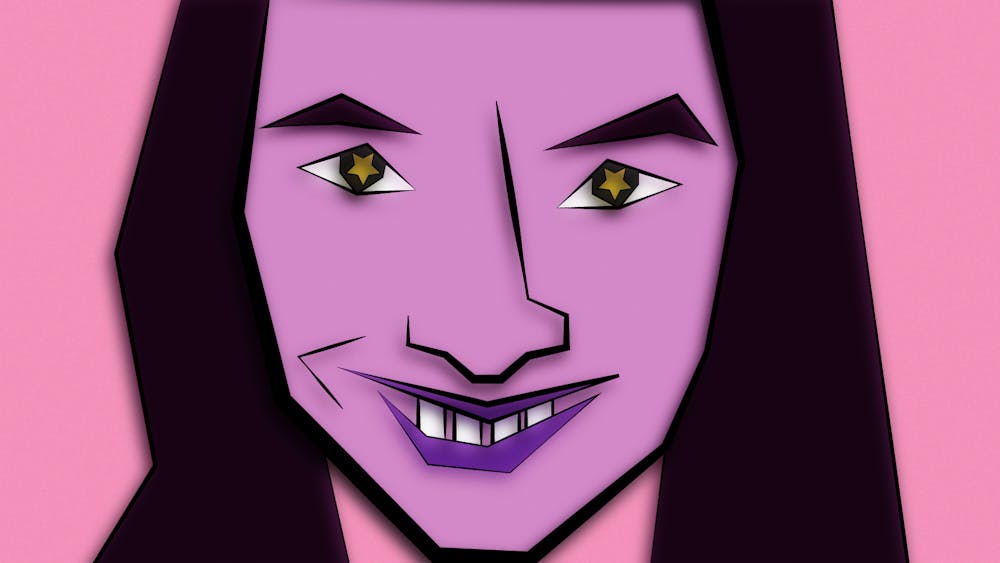Warning: this piece contains spoilers and mentions topics relating to suicide and mental illness.
Dr. Seuss once said, “Don’t cry because it’s over, smile because it happened.” This might be the case in some scenarios, but after leaving a screening of Smile, the highly anticipated and well–promoted new horror film, there were only tears of joy once the credits rolled. Smile does fit neatly in the psychological, jump–scare horror genre, reminiscent of It Follows. However, the film contains intense themes surrounding mental illness and the stigma surrounding it, which comes off as highly offensive rather than informative. While Smile does make audiences think about how harshly society judges people, it unfortunately focuses on how people with mental illnesses are viewed as menaces to society.
Smile, written and directed by Parker Finn, follows a woman named Rose Cotter, who is a doctor at a psychiatric ward. Rose treats patients suffering from mental illness, which leads her to evaluate Laura Weaver. Laura tells Rose that ever since she witnessed a traumatizing incident, she has been seeing things—specifically, some sort of evil entity that wears a creepy smile on its face which threatens and psychologically torments her.
Despite Laura’s pleas for help, Rose does not believe Laura and finds her behavior fake. Essentially, a mental health professional is dismissing her own patient’s concerns and chalks them up to being in a state of mental instability. What message does this send to people in terms of placing trust in mental health professionals? Arguably, not a good one.
As the film progresses, Rose’s own mental health deteriorates as she begins seeing people creepily smile at her. In cruel irony, no one believes Rose when she mentions her haunting visions; everyone in Rose’s life sees her as a liability and a disease, which is a reflection of how society treats mentally ill people in real life. Eventually, Rose and her ex–boyfriend figure out what is causing this curse, which is connected to suicide. Smile’s continual perpetuation that people with mental issues should be feared and dangerous is extremely harmful to viewers who might believe these misleading ideas and not help those who are struggling.
The film also paints Rose as a highly unlikeable character: she’s unsympathetic towards others, hypocritical, and selfish. As the protagonist of the film and the most visible character exhibiting signs of mental illness, her portrayal is problematic because it subconsciously influences the audience to dislike mentally ill people and see them as inconsiderate human beings that do not deserve people’s care.
Smile is not the only popular horror film that exploits mental illness for the sake of scares. Some famous examples include Halloween and Scream, which feature mentally ill people who pose a threat to society. But in particular for Smile, the film’s greatest terror is extremely realistic and relatable to many viewers: mental health. Even if Smile intended the audience to walk away thinking about the stigmatization surrounding mental illness, the message is lost because Smile makes its characters so damn unlikeable and impossible to root for.
In Smile, the “evil” is no mythical or fictional curse. It’s simply mental illness. Smile might be abundant with well–deserved frights, but the lack of empathy for any of its characters suffering from mental illness is painful to watch. Personally, I left the theater feeling extremely offended by the film’s blatant disregard of acknowledging and helping those struggling; it didn’t sit right with me that most people were hysterically laughing at the film, mainly at the characters’ mental states. Especially with its record–breaking box office, having seen low weekend–to–weekend drops comparable to Get Out and A Quiet Place, it’s worrisome what audiences might take away from this film, which presents anyone with mental illness as an unfixable problem.

